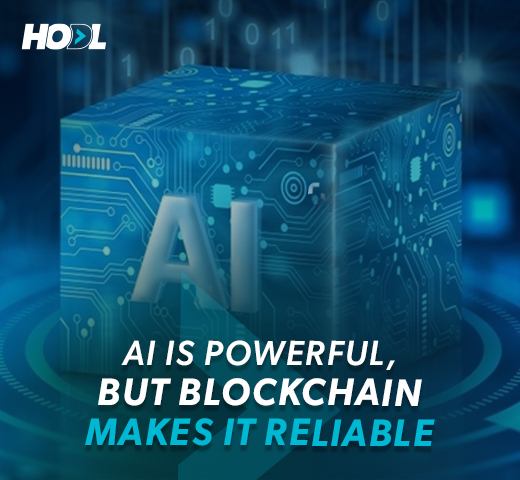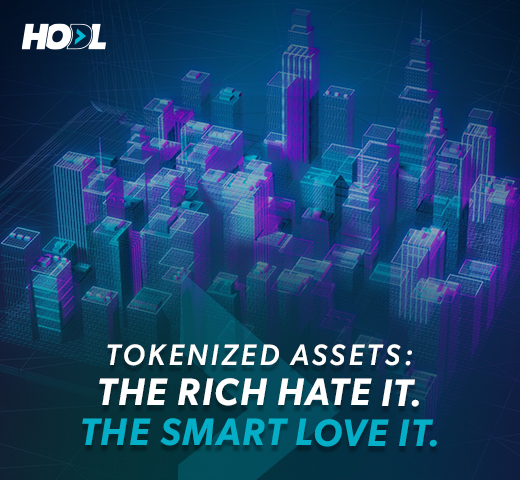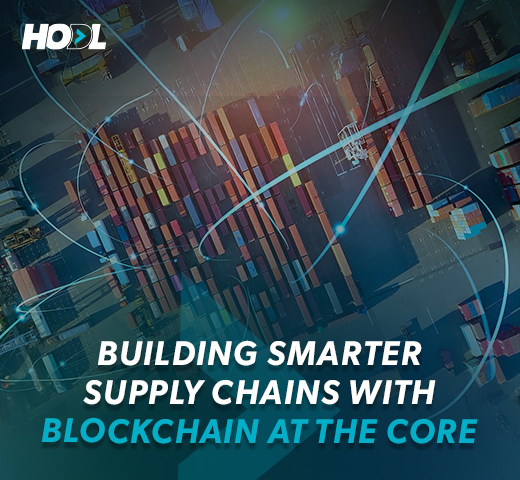In the dynamic industrial landscape, we see AI-based tools embedded everywhere. Right from optimising human resource operations, healthcare, banking, security and more, AI is helping business leaders to make data-driven decisions. Yet, it has stunted growth when it comes to enterprise-wide adoption.
The problem is not the code or the platform but the lack of trust in the algorithm. Many still look at AI implantation as like opening Pandora’s box. This is majorly because of the lack of transparency. No one knows what the developers are doing behind the doors. If the tools get one thing wrong, it will be difficult to ascertain where the algorithm went off the rails.
Simply put, people just don’t trust it. The major reason behind this mistrust is a lack of oversight, possible bias and manipulation. This is not just an AI issue but a decentralised world issue.
This is where blockchain comes in as a fix. Known for its secure, transparent and immutable nature, blockchain provides a governance model for organisations and enterprises that are adopting AI-based tools in their operations.
Through this blog, we together look at the issues that create mistrust in AI’s enterprise-wide adoptions and how web3 is becoming the bridge.
The Behind-the-Scenes Chaos of AI Development
Today, AI development happens very similar to a science experiment, behind closed doors. Developers continue to make tweaks to the existing model, updating it and testing it out. Often mistakes are made but with proper documentation can be rectified. If these records are not maintained properly then it becomes difficult for business leaders to ascertain the stage where the issue was first flagged.
Regulators and business leaders now demand oversight, while users demand accountability. Blockchain has become a critical solution to help business leaders bridge this gap. With its immutable and decentralised nature, every stage is rightly recorded, making it easy to audit and verify.
Blockchain: The AI Gatekeeper
With AI becoming an active part of global business operations, there is a growing demand for a governance model. To help democratize control and foster transparency, blockchain-based governance models can ensure the necessary oversight while enforcing trust mechanisms.
The decentralised nature ensures that each stakeholder can validate the AI models while also keeping a check on its decision-making processes. Another key facet happens to be smart contract executions.
One can look at this feature as an automated compliance enforcer. In AI governance, organisations can set up pre-set conditions that meet the regulatory and ethical requirements before they are released to the market.
These requirements can help verify if the data meets bias and fairness criteria, if the model’s decision-making process aligns with governance policies and if the necessary approvals and validations are logged on the blockchain network.
When one of these conditions fails, the AI model cannot be deployed until the issue is resolved. This eliminates the need for manual oversight, reducing risks and ensuring compliance is baked into the AI development lifecycle rather than being an afterthought.
By integrating smart contracts into AI governance, enterprises move from a self-regulated system—where companies decide their compliance—to an enforceable, automated process where trust is built into the technology itself.
Conclusion
The convergence of AI and Web3 brings in a new era redefining AI development while helping businesses maintain operational efficiency. The decentralized future needs AI. However, without accountability, AI in Web3 is just as untrustworthy as the centralized systems we are trying to leave behind.
The future of AI isn’t about trusting big tech to do the right thing. It’s about building systems where trust isn’t required—because transparency is the default in the global digital landscape.
Learn more at HODL Summit 2025 in Dubai, Book your Spot Now!!


